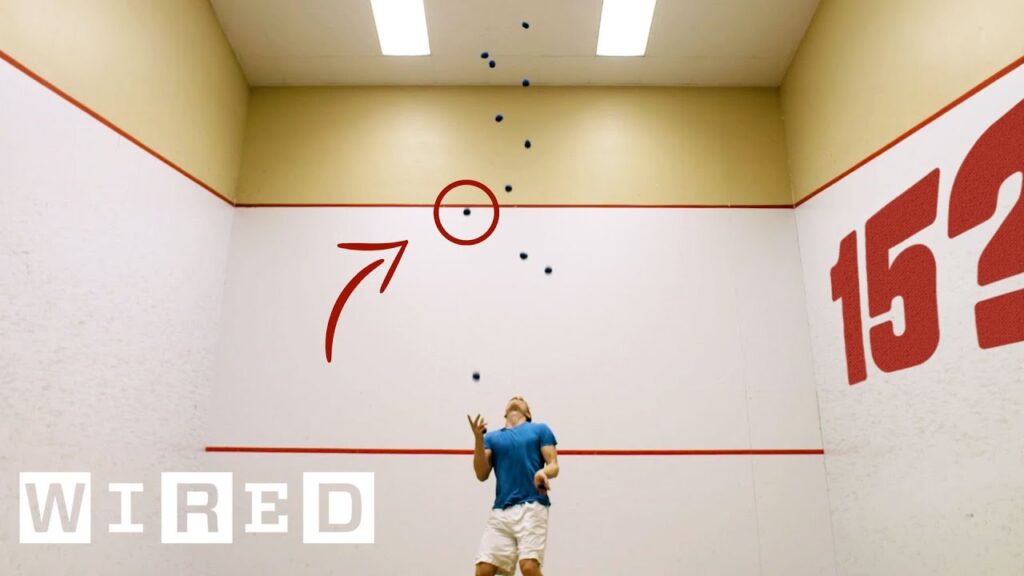Michael Graves: A Designer’s Journey Through Disability
Summary
In this article, we explore the journey of Michael Graves, an architect and designer who experienced disability due to nerve pain and paralysis. We discuss his work with wheelchairs, his experience at Kessler Rehabilitation Center, and his friend’s referral to a specialist in Miami. We also delve into the challenges he faced in hospitals and rehab centers and the lack of consideration for accessibility in design.
Table of Contents
- Michael Graves’ Work with Wheelchairs
- Graves’ Experience at Kessler Rehabilitation Center
- Referral to a Specialist in Miami
- Challenges in Hospitals and Rehab Centers
- The Frustration of Inaccessible Design
- Seeking Help to Address Challenges
Michael Graves’ Work with Wheelchairs
Michael Graves, a renowned architect and designer, is known for his signature buildings and consumer products. However, his work with wheelchairs is not as well known. Graves ended up in a wheelchair due to a sinus cold and exhaustion, which exacerbated his pre-existing nerve pain and paralysis. As a result, he began designing wheelchairs that were both functional and aesthetically pleasing.
Graves’ Experience at Kessler Rehabilitation Center
Graves sought treatment at Kessler Rehabilitation Center, where he faced several challenges. He was ready to leave but had to wait for an hour to get dressed because he refused to use Velcro. Additionally, the facilities were not designed with accessibility in mind, making it difficult for Graves to reach objects such as the mirror and faucet in the bathroom.
Referral to a Specialist in Miami
Graves’ friend from Miami visited him during his recovery and heard about his arm numbness. The friend referred Graves to a specialist in Miami for spinal cord treatment. Dr. Barth Gree performed a nine to ten-hour surgery and saved Graves’ hand, which was crucial for his work as an artist.
Challenges in Hospitals and Rehab Centers
Graves’ experience in various hospitals and rehab centers was not always positive. He was in eight hospitals and four rehab centers, and people would often promise solutions but not deliver them. Despite his physical limitations, Graves continued to work while in the hospital and had a small apartment in Miami, where people would come to visit.
The Frustration of Inaccessible Design
Graves’ experience at Kessler Rehabilitation Center highlights the frustration of inaccessible design. The facilities were not designed for individuals with disabilities, despite the number of people in wheelchairs at the center. Graves questions the expertise of the architects who designed the building and the facilities and advocates for better design and accessibility.
Seeking Help to Address Challenges
Graves sought help from his doctor to address some of the challenges he faced. This highlights the importance of seeking support and advocating for oneself when facing physical limitations.
Conclusion
Michael Graves’ journey through disability highlights the importance of accessible design and the challenges faced by individuals with disabilities in hospitals and rehab centers. As designers and architects, we must consider the needs of all individuals in our designs to create truly inclusive spaces.







